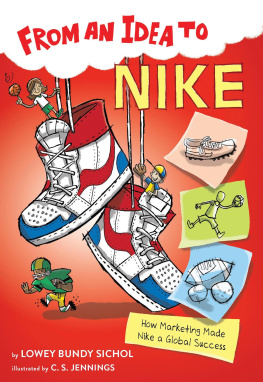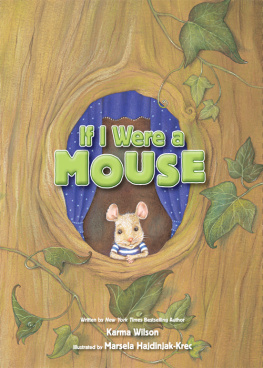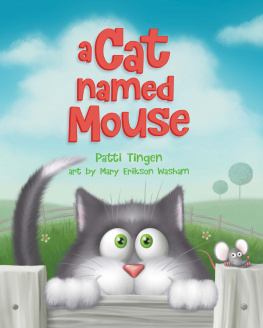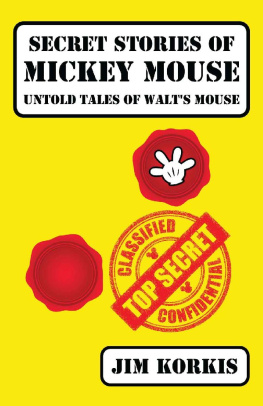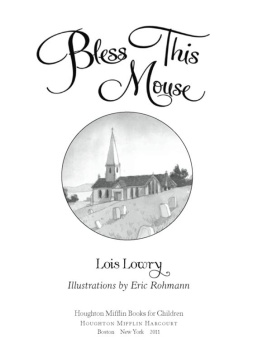About The Author
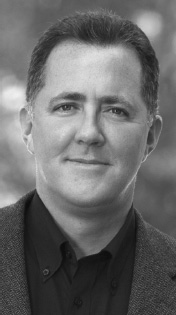
Dennis Snow spent twenty-years working for the mouse at Walt Disney World. Starting his Disney career at the 20,000 Leagues Under the Sea Attraction, he moved into a management position, managing various operating areas throughout the famous theme park. He also spent several years with the Disney University, teaching corporate philosophy and business practices to cast members and the leadership team.
Now a full-time speaker, trainer, and consultant, Dennis is dedicated to helping organizations achieve their goals in the areas of customer service, employee engagement, and leadership. Dennis can be contacted at
Acknowledgements
To my wife, Debbie, I want to thank you for your unwavering support during the writing of Lessons From the Mouse. I think you read the manuscript more times than I did and your patience was saintlike during the entire process. And to my two sons, Danny and David, I thank you both for being ongoing sources of inspiration, pride, and love.
To my parents, Dick and Marie Snow, you have supported my efforts throughout my life even when I wanted to be a professional magician. Youve always been there for me and are the embodiment of unconditional love. You took me on my first visit to Walt Disney World and encouraged me to work there when my plan was to hitchhike to Colorado and live off the land in the mountains. Your idea was better.
Jonathan Pennell, your cover design and book layout certainly exceeded my expectations. Working with you has been a great partnership.
Caroline Bartholomew, thank you for bringing your expert editing skills to the process. Your creative input and attention to detail are certainly appreciated.
Finally, Id like to thank all of the Walt Disney World cast members I had the privilege to work with during my twenty years working for the mouse. The memories will always be treasured.
LESSON 1
Never Let Backstage Come Onstage
BEHIND THE MAGIC
During my initial instruction at Disney Worlds 20,000 Leagues Under the Sea attraction, my trainer, Jeff, went to great lengths to stress the importance of preserving the Disney magic for guests. He talked about backstage, the behind-the-scenes locations where cast members ate, drank, smoked (in those days), complained about management, gossiped about the previous nights keg party, and did what any normal person on a break would do. Backstage, Jeff indicated, was also designated for truck deliveries, costume changes, composting, company meetings, and so on things the public was never supposed to see. Backstage, you see, was that mysterious place underneath, behind, and beyond where thousands of operations vital to running the park and to creating the illusion of magic happened. All, as I said, out of sight of the guests.
Onstage, Jeff went on to contrast, was where the show took place. It was everything that happened on each and every stage at Disney World, and it was also everything that occurred on Main Street USA, at and around Cinderellas Castle, and every other spot youd find a guest. Onstage was where we Disney employees had an opportunity to impress the guests. It was where spells were cast, expectations were exceeded, and magic was made. I remember as we walked from the backstage area to onstage (Disney speak for walking from a storeroom to a storefront), Jeff made a big production about whether my costume looked right and my nametag was straight. He made sure I was smiling, too. Perhaps they were a bit over the top, but his last minute onstage checks have stayed with me. Jeff knew if a guest were ever to view the backstage environment, the magic would be lost. After all, a partially dressed Mickey Mouse or stack of fifty or so trash bags could easily ruin the fantasy. The company took this notion so seriously, in fact, that Jeff warned me not ever to take anyone, even a friend or a family member, backstage for a quick peek. If I did, I would likely be fired, he said. That was a vivid message.
Later, one of my responsibilities as the first shift supervisor in Fantasyland was to make sure the area was show ready when the park opened. By that time, custodial cast members, painters, landscapers, and the maintenance team had been on the job for hours getting the place shipshape. My job was to double-check that everything was perfectly in order. I would arrive an hour and a half prior to opening, scan the logbook for any important notes from the previous evenings shift supervisor, and begin my regular walk-through of Fantasyland.
Sometimes I found little problems like burned-out light bulbs, a dirty bench, or a speaker that wasnt working properly. Occasionally, the landscaping team had left a shovel behind, or a maintenance worker had forgotten a ladder. The evening crew always had quite a lot of work to do, and sometimes little items like these were missed. Many of the smaller items, like a left behind shovel or ladder, I would simply take care of myself. Larger pieces of equipment such as a generator might require a call to the Maintenance Department. One way or another, these items were taken care of before the first guests entered the park.
A couple of discoveries, though, I kept to myself. One time, I found a dead chipmunk lying in front of Peter Pans Flight. Lest it cause undue concern for the lives of our own beloved pair of chipmunks, Chip and Dale, I hastily disposed of the real one. Another time, I found a pair of mens boxer shorts beneath the flying boats at the same ride. (Hmm. People definitely interpret Disney magic in a lot of different ways.)
Sometimes an outside vendor was hired to do maintenance work, and as opening time approached it fell to me to tell the contracted crew it was time to move their equipment backstage. Well, outside workers simply didnt get the idea of onstage and backstage, and inevitably arguments arose. Warnings like, Dust goes backstage: Pixie Dust goes onstage, didnt go over well with the average welder or roofer, as you can imagine. Eventually, though, I was able to persuade them to move their tools and repair work backstage.
Exceptions did occur, of course. Not every maintenance job could be done after hours or behind the scenes. For example, every few years, Cinderellas Castle had to be repainted. This was a massive job that took several weeks. Certainly it would be cost and time prohibitive to bring the huge cranes and scaffolding on and off the stage every morning and evening. To maintain the magic, signs were posted informing guests about the castle restoration and apologizing for the visual intrusion. But, apology or no apology, I would cringe every time I walked past the castle when it was being painted. To see anything compromise the show we had worked so hard to pull off every day was difficult. Thats how ingrained the onstage/backstage philosophy was for me, and still is. At Disney, this concept was a way of doing business that instilled employee pride in the customers experience and in the final product.
When I was at Disney, this onstage/backstage philosophy was not just about physical elements: it was also about behavior. The Disney cast members I knew experienced the same frustrations and challenges as employees in other companies. They had disagreements, dissatisfaction with their pay, problems with bosses, commuting issues, and arguments with their spouses. Allowing these normal occurrences to impact the customer experience, however, was totally unacceptable. Once you were onstage, the show was on. Backstage behaviors and problems were to stay backstage. The expectation was for you to leave problems at the door at the beginning of your shift and pick them up again at the end. Like the advice of the turn-of-the-century Western bartender, Take it outside! But in Disneys case, it was more like, Take it backstage! I know this may seem rigid and unfeeling, but thats exactly what was expected and exactly what we did.


